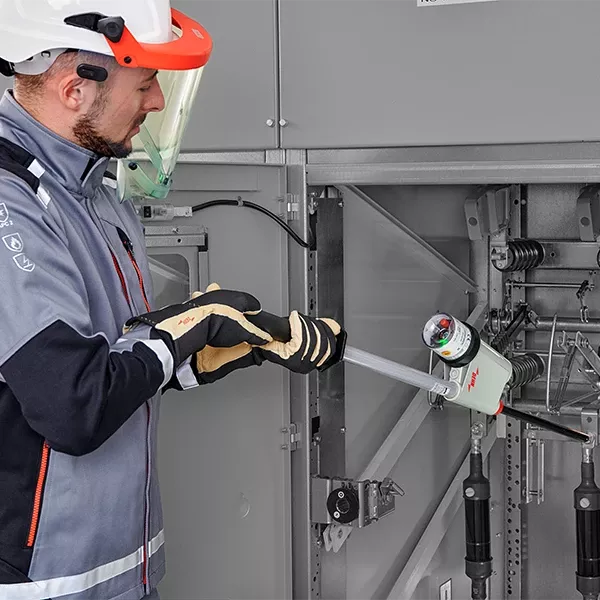DEHNarX Risk Assessment
It is mandatory for companies to protect their employees from arc fault hazards. However, there is often a lack of appropriately trained personnel for the professional assessment of arc fault hazards. Get professional support: with DEHNarX – our service for risk assessment and design of protective measures according to the hierarchy of risk control.
We ensure that you fulfil all requirements for protection against arc fault hazards in accordance with the OSHA using NFPA 70E and IEEE 1584.
Are you a specialist in electrical safety and need support in determining protective measures? Our practical dialogue guide leads you step by step to the right solution.
Would you like to find out more about our DEHNarX service? We will be happy to provide you with our comprehensive info material.


Your advantages with DEHNarX
- Meet the requirements of work safety legislation
- Define arc fault protection targets for employees and electrical installations
- Check existing protective measures and optimise them to the state of the art with further measures.
- Transparency across the company concerning the arc fault protection concept – from comprehensive documentation to arc flash labels
How it works
Arc fault hazards
An arc fault is an unwanted electric gas discharge between two electrodes. This creates an electric arc that can reach a temperature of up to 10,000 degrees Celsius and cause serious damage.
The causes can be manifold:
- Human error, such as non-compliance with safety rules, situational misjudgements or confusion between switching cells
- Operational faults, such as contact fatigue, contamination or insulation faults
- Animals in the plant, such as rodents, snails or – depending on the region – also snakes
The extremely high temperatures of arc faults can cause materials to melt and even explode, posing a considerable risk to employees on site. The toxic vapours emitted by burnt plastic and metal parts can cause lung damage and the radiation emitted by the arc can cause serious eye injuries. The strong air expansion not only creates a high pressure effect, but also a dangerous sound blast of up to 140 dB.
The specifications that matter
The NFPA 70E contains specific requirements for carrying out arc fault risk assessments and implementing protective measures.
The IEEE 1584 in turn provides detailed instructions for calculating incident energy and is used in many countries as a basis for assessing arc hazards and developing protection strategies.


